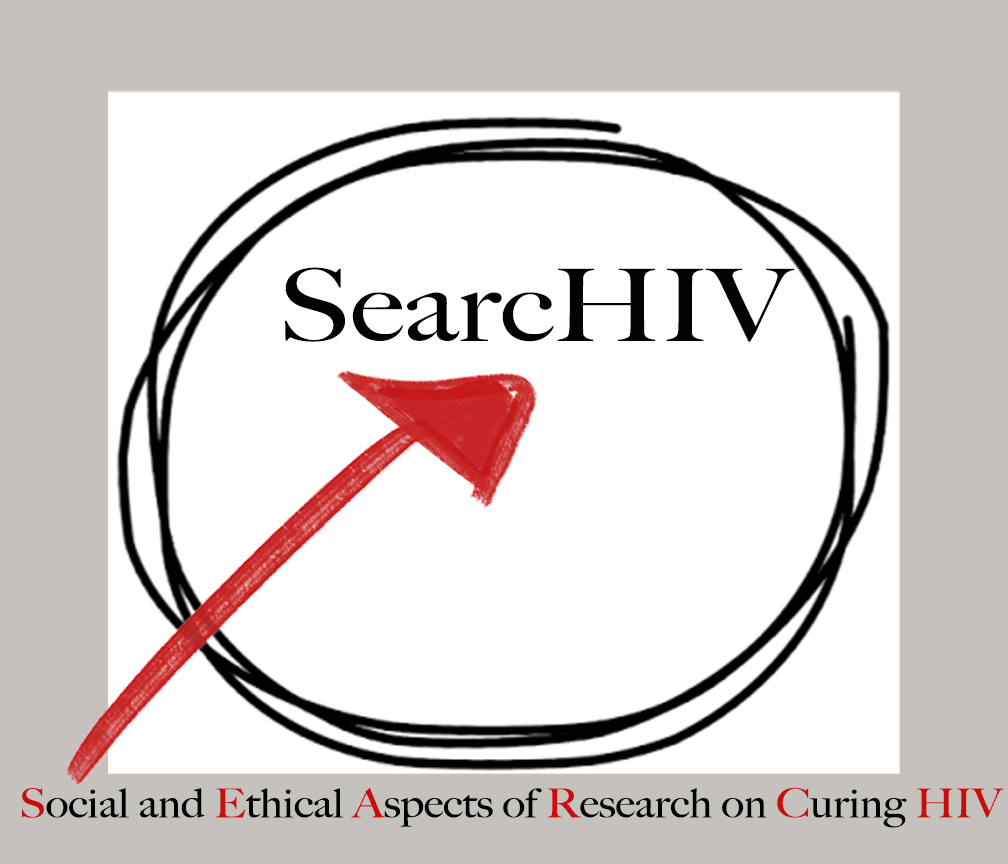by Shan Qiao
Shan Qiao, Jing-Bao Nie, Joseph Tucker, Stuart Rennie and Xiaoming Li just published an article titled “The role of social relationship in HIV healing and its implications in HIV cure in China” in Health Psychology and Behavioral Medicine (http://www.tandfonline.com/doi/pdf/10.1080/21642850.2015.1040405). In this article, they highlighted the concept of “healing” in the context of HIV cure. HIV is both a biomedical disease and a social phenomenon that is constructed in particular cultural contexts. Given the complicated meanings of HIV to patients, their families, and society, the HIV healing process will involve diagnosis, disclosure, access to treatment, medication adherence, self-care and disease management, and reconnections between HIV patients and their social environment. In the era when HIV has transformed from a fatal disease into a treatable, chronic, and now potentially curable disease, there is increasing agreement that curing HIV will involve far more than eliminating the HIV virus from patients’ body; it will also be a process of healing embedded in social relationships and cultural meanings.
Ethnographies and anthropological studies have demonstrated how social relationship was used as a main component in many regions with rich non-biomedical traditional healing practices, including China. Based on existing theories on social relationships and health, the authors hypothesized that social relationships (e.g., patient-family relations, patient-physician relations, patient-society relations) may influence HIV healing process through three different social pathways: support, integration, and norms. They also addressed the essential role of social relations for HIV healing in Chinese cultural context, and proposed several recommendations for reforming practices and policies regarding HIV healing.
In general, family is still a core social unit in HIV patients’ medical journey from diagnosis to treatment. A positive patient-physician relationship based on mutual respect and trust also has critical impact on patients’ physical and mental health. Physicians may become a key or the main source of social support in circumstances when families are not actively engaged in healing. Reconnecting HIV patients with their communities should be a necessary component of HIV cure, as this will help patients engage more fully in the HIV healing process.
The authors called for a family-centered approach in HIV healing intervention to strengthen patient-family ties; a series of policies to build up and sustain positive patient-physician ties; and multi-level strategies to empower patients and rebuild their bonds to community and larger society. More empirical research on how non-biomedical healing approaches in various cultural settings could (directly or indirectly) inform HIV cure research.

